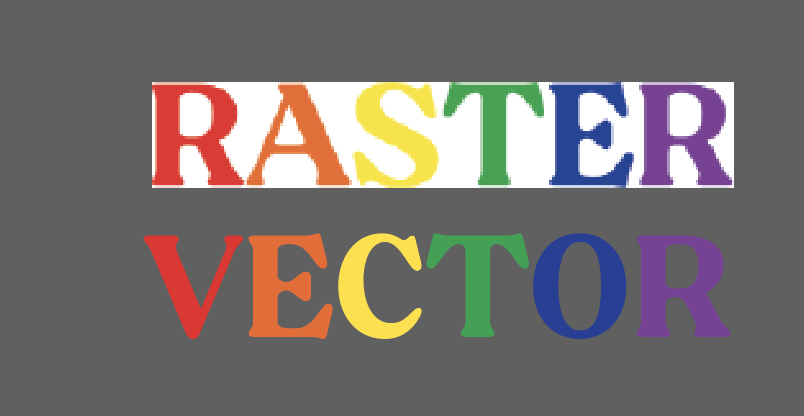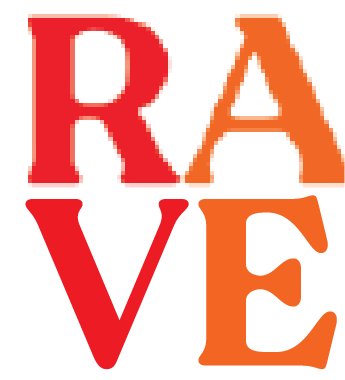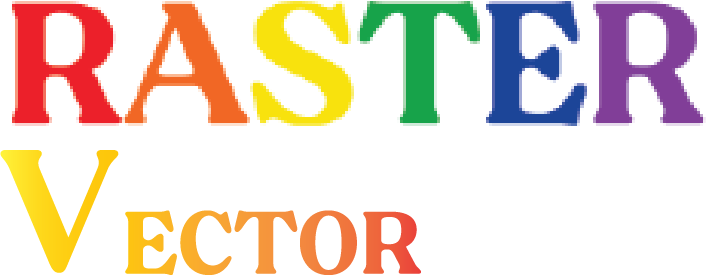What does vector or print ready art mean?
Vector art, also known as print-ready art, is a type of digital artwork made from mathematical paths—lines, shapes, and curves—that can be scaled to any size without losing clarity. This makes it ideal for printing on everything from t-shirts and trophies to banners and business cards.
How Vector Art Differs from Raster Images:
- Vector files (like .ai, .eps, .svg or properly saved .pdf files) are made of editable shapes and lines.
- Raster images (like .jpg, .png, .gif or .tiff) are made of pixels—tiny squares of color—so they can become blurry or pixelated when enlarged.
Key Advantages of Vector Art:
- Infinitely scalable – no loss of quality, whether it's printed small or blown up on a billboard.
- Fully editable – individual elements can be moved, resized, or changed. For example, you can change the color of just one section of a logo without redrawing the whole image.
- Production-ready – designed specifically for printing, cutting, embroidery, and engraving, with clean lines and solid colors.
In short, vector art is preferred in printing because it's sharp, flexible, and easy to adjust—while raster images are better for photos but limited in editability and scalability.

Vector art is often transparent, unless there is a background that should be part of the image.

When you zoom in on a raster image, the image becomes blurry while it will stay sharp no matter how close you zoom in on a vector image.

You can change the color or size of individual parts of an image that is vector whereas you can't change any details in a raster image.
